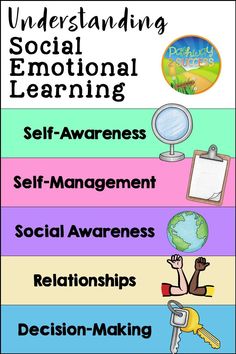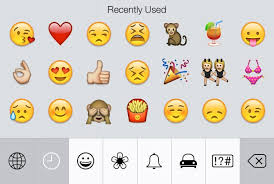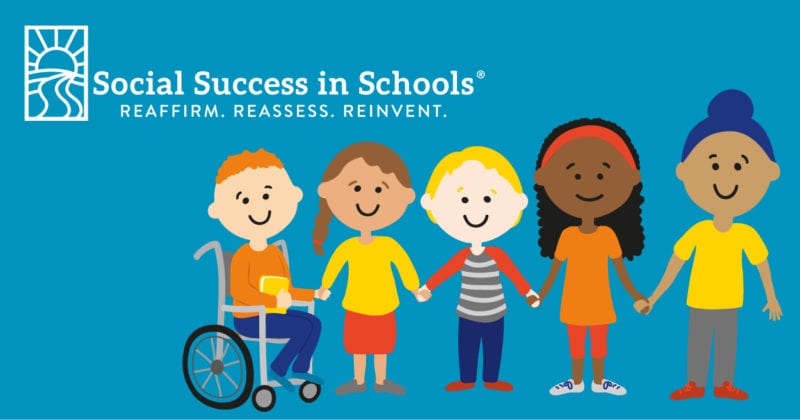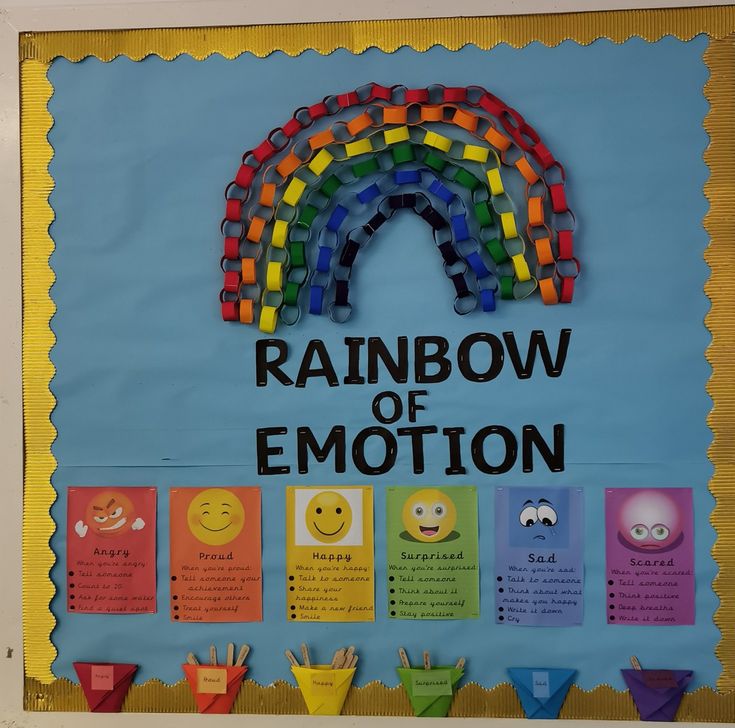Introduction:
Social and emotional learning (SEL) is an essential component of education that fosters the growth and development of students’ social and emotional skills. The implementation of SEL programs in educational settings has been proven to improve academic performance, reduce behavioral issues, and shape future leaders. As the importance of SEL strategies becomes more prevalent in educational initiatives, the Social & Emotional Learning eBulletin emerges as a vital resource for educators and parents alike.
What is Social & Emotional Learning eBulletin?
The Social & Emotional Learning eBulletin is a digital newsletter that strives to keep educators, parents, and communities informed about the newest developments, trends, and best practices in SEL. It covers a wide range of topics related to social-emotional learning, such as implementing SEL programs in schools, evaluating the impact of such programs, and fostering resilience among learners.
Benefits of the Social & Emotional Learning eBulletin:
1.Accessibility: As an online resource, the Social & Emotional Learning eBulletin is easily accessible by educators across the globe. They can quickly browse through the collected information to gain insight into different SEL strategies that have proven effective in various contexts.
2.Timely updates: The eBulletin is updated regularly with fresh content to ensure that readers stay informed about the latest trends and research findings in social-emotional learning. This allows educators to adapt their teaching approaches accordingly.
3.Reliable content: The information within the Social & Emotional Learning eBulletin is carefully curated from reputable sources within the educational community. Educators can trust that they are receiving credible insights from experts within the field.
4.Easy-to-follow format: Articles featured in the eBulletin are concise yet informative, making it easy for readers to absorb content quickly and integrate practical recommendations into their classrooms.
5.Online forum for discussion: The eBulletin encourages engagement among users by providing an online platform where educators can share their experiences, ask questions, and discuss SEL strategies.
How to use the Social & Emotional Learning eBulletin for maximum impact:
1.Subscribe: Educators can subscribe to the Social &-Emotional Learning eBulletin to stay updated on the latest news and insights within SEL.
2.Implement ideas: Readers are encouraged to implement the tips and strategies outlined in each issue within their classrooms, bolstering their toolkit of SEL techniques.
3.Share experiences: By sharing their experiences implementing SEL strategies in the eBulletin’s online forum, educators create a supportive community where knowledge and expertise can be exchanged.
4.Engage with other professionals: Connecting with other educators through discussion can lead to invaluable collaboration, joint projects, and exploration of best practice solutions.
5.Amplify impact: The collective efforts of educators utilizing resources like the Social & Emotional Learning eBulletin will contribute to a broader movement that recognizes and champions the importance of SEL in education.
Conclusion:
The Social & Emotional Learning eBulletin is an effective resource that supports the growth of educators’ knowledge and understanding of social-emotional learning initiatives. By subscribing to this digital newsletter and engaging with its content, teachers can build a more empathetic, supportive, and well-rounded learning environment for their students. This powerful tool for change fosters emotionally intelligent leaders that are better equipped to navigate today’s interconnected world.











